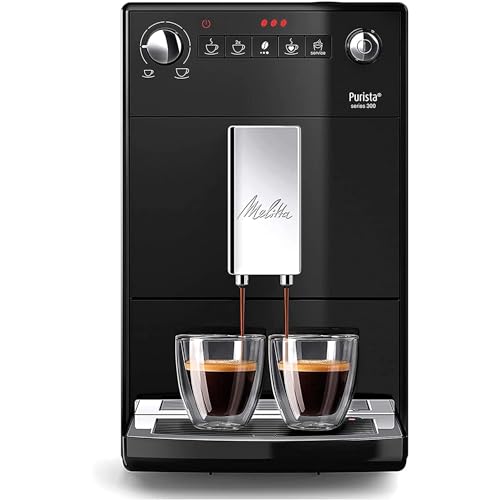How Does Machine Espresso Work?

The machine espresso uses precise pressure and filtering technology that is amazing to make the coffee you love. What exactly does it work?
To make espresso, hot water is pushed under pressure through finely ground coffee. The process is similar to making drip coffee, however the main difference lies in the pressure.
The Group Head
The group head is the portafilter that you put in when making espresso. It is responsible for dispersing water into the portafilter before controlling the pressure of the resulting extraction. There are a variety of group heads each with its own advantages and disadvantages. Some are focused on temperature stability, while others on pre-infusion capabilities, while others are designed to control the lever. There are also some that come with a range of features, such as the E61, which is considered to be the most popular among baristas because of its ability to offer multiple perks in a single package.
As you can see in the image above, the group head is fitted with several notches. You place your portafilter in these notches and then turn the head around to secure it. A gasket of rubber is situated in the notches to create a seal as you insert your portafilter. The notches on the head permit a precise positioning of the portafilter which is necessary to ensure an efficient extraction.
Aside from allowing you to effortlessly insert your portafilter the group head is responsible to ensure that the temperature remains even. This is achieved by cycling hot water around the portafilter and through the brew-basket to ensure that the temperature is at the right level for extraction. This is crucial, since even a small difference in temperature can make the difference between good and excellent espresso.
The Pump
Contrary to manual piston machines which use a lever to pressurize water, Rotary espresso machines rely on motorized pumps that provide the nine atmospheric bars of pressure needed for espresso extraction. The pressure is created by pumping water through a heat exchanger and then through the ground coffee.
Pumps tend to be more affordable and last longer than piston-driven machines. However, both types of machines may degrade because of excessive use and inadequate cleaning. They also add mechanical complexity and can lead to the cost of even the simplest models.
Certain espresso machines do away with the pump completely and use steam pressure to brew espresso. This can lead to over-extraction as the boiler that makes steam also heats the water to boil. The machines also need to continually rebuild their pressure between cups. This takes energy and time.
A majority of espresso machines use a vibration or rotary pump, with a vibration model that uses a vibrating disc to create the pressure, and a rotary model pushing hot water through the grounds at high speed. Both machines can make excellent espresso, however rotary machines are quieter, more durable and less likely to break down.
The Boiler
The boiler is the part that heats water to an optimal temperature to extract. The steam created reaches the portafilter, which contains the espresso coffee grounds. It is then poured into the cup. The steam is able to create enough pressure to push the grounds of coffee through. This creates a layer crema on top. This is a sign of a great espresso.
There are three types of espresso makers. They differ in the kind of pump they use and how hot the coffee is. There are many ways to control the strength of the brew and the size of the cup that can be made by the machine.
The earliest espresso machines were steam type. The first espresso machines were steam types. This resulted in the coffee tasting bitter and burnt. This is the reason Milanese producers Luigi Bezzerra and Desiderio Pavoni developed the modern espresso machine.
The most common espresso machine is a semiautomatic that has an electric pump. When people think of espresso machines, they imagine these machines. With a semi-automatic espresso machine, you must grind the beans and tamp them by hand. The pump is able to regulate the flow of water and pressure. This is a fantastic solution that combines human control with mechanised reliability.
The Filter
Typically, espresso machines employ filters that separate the grounds of coffee when they pass through the hot water. The filter is also an essential component of the machine's temperature control, since it stops overheating.
A filter also improves flavor because it allows for an extended flowering time. This allows the beans to let their nuances out, and allows for a better extraction.
It is important to remember that even the best filter can result in a bad cup of coffee. The quality of the beans as well as the extraction, remain crucial.
This is where the magic happens, it's what makes espresso taste great. The grouphead, also called the brew head, is the place where the portafilter (the thingy you put the coffee grounds into) sits when you're making espresso.
In a steam-driven espresso machine, hot water is heated in an airtight tank to create steam. This then pushes the hot water through the grounds at high pressure. They are less expensive and are easier for the user to maintain than pumps-driven models. They are however limited to create the ideal conditions for brewing as they only operate with 1-1.5 bar of pressure. The ideal shot requires 9-10 bars.
In recent years, compressed air-driven espresso machines have been gaining popularity. espresso machine small utilize an air compressor to force hot water into the ground, and are more mobile than steam-driven electric espresso machines.
